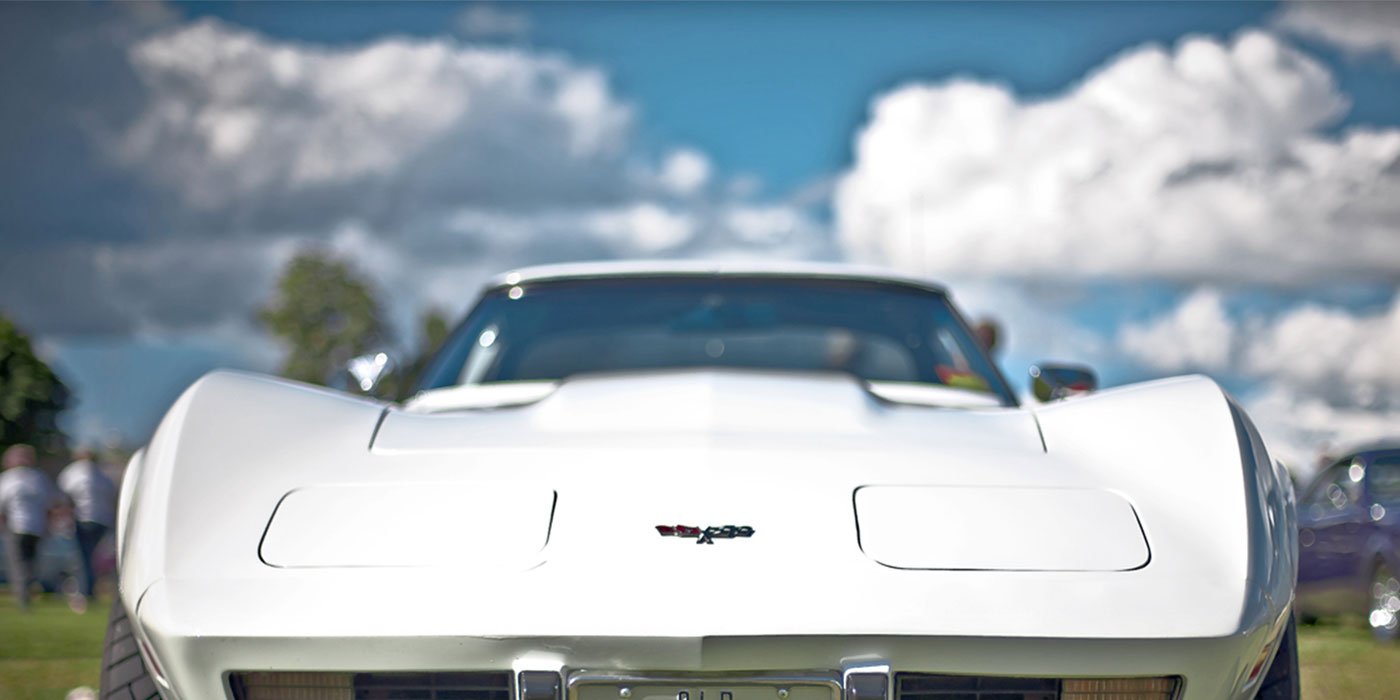One of the most important details when searching for a used car is mileage. The miles on the clock will influence the car’s valuation. If you deal with car broking, it is a detail you will need to look at.
What we want to do here is discuss why mileage is significant for second-hand vehicles. We’ll talk about how to determine whether a car possesses high, normal, or low mileage for its age. Also, we are going to cover other factors that influence second-hand value.
Wear and tear
 Mileage is something we use as an indicator of a car’s wear and tear. Thus, it affects the value. It’s fair to assume that high-mileage motors have experienced more in their time on the road compared to low-mileage ones. This means they could be less reliable. Similarly, cars with lower mileages have probably done far shorter or fewer journeys, so the reliability can be better.
Mileage is something we use as an indicator of a car’s wear and tear. Thus, it affects the value. It’s fair to assume that high-mileage motors have experienced more in their time on the road compared to low-mileage ones. This means they could be less reliable. Similarly, cars with lower mileages have probably done far shorter or fewer journeys, so the reliability can be better.
It’s critical to understand mileage completely if you intend to use it to choose a used car. One rule of thumb is to divide a vehicle’s mileage by the amount of years it’s been on the road. Do this to dictate whether it’s a high, normal, or low-mileage car.
What’s ‘normal’ mileage?
During 2019, the average driver’s yearly mileage was estimated to be 7,500. So, you can use this figure as a benchmark to decide if a vehicle is in the high, normal, or low range.
As for what’s considered low mileage, divide the current number by the total years is has been on the road. If this provides a figure of under 7,500, you can consider it low mileage. It means the vehicle has covered less distance than the majority of cars the same age. If you’d like to know more about car broking, let us know.
A motor that’s travelled over 7,500 miles per year on average falls into the high mileage category. Such a car is likely to have more wear and tear due to the amount of use.
How many miles can a car last for?
You are likely wondering how many miles a car can last for. A conventional, yet well-maintained one can go for 200,000 miles. Some models can go further, reaching 300,000 and over.
One common misconception is that you should avoid motors with a mileage surpassing 100,000. Many consider it to be the point where a vehicle is in great danger of breakdowns. They also believe any repairs would be costly. If maintained properly though, a car can go well past that.
How well you care for your motor can have a massive effect on how long it lasts rather than its mile count. Selecting a model and make with a reputation for longevity and reliability, remaining on top of maintenance, and driving carefully can extend the car’s lifespan.
Mileage isn’t the only consideration
One thing everyone who does car broking should know is a car’s value isn’t solely influenced by its mileage. Where and how is has been driven will also play a part.
Vehicles that have been mainly for city driving will probably carry more wear and tear in specific areas. This is if you compare to cars primarily doing motorway driving. For example, there is more frequent braking and gear changes in built up areas.
Likewise, vehicles, from countryside and rural places will have differing wear and tear. This is because of factors like the different amounts of time spent in every gear. There are also varying journey distances and road qualities.
Like we said earlier, the average driver travels 7,500 miles in their vehicle every year. So, this is now the benchmark for standard mileage for many people. If a car you are looking at lies in the higher mileage range, it doesn’t necessarily mean it’s not good. You simply need to take a deeper look at the history before purchasing.
Use our modules to start car broking
At Auto Car Brokers, we supply clients with our ‘How To Become a Successful Car Broker’ package. This is a comprehensive suite of modules. You can use the resources when you need them to learn at your own pace.
So, if you’d like to learn more about car broking, come to us. There is also plenty of info on our website to give you a better understanding of how it works.







